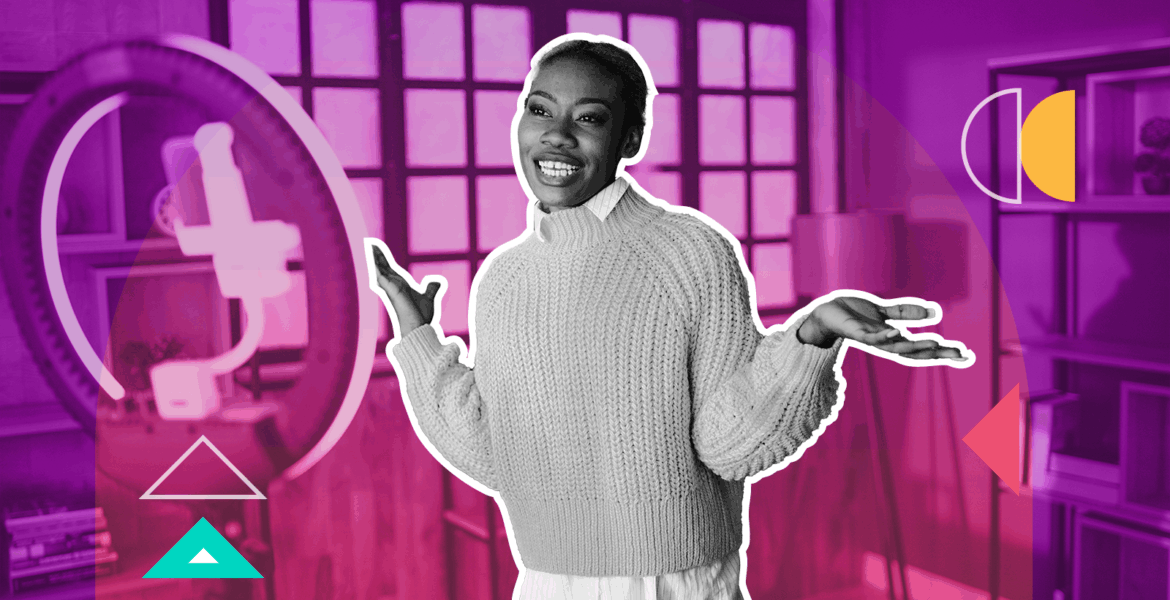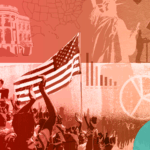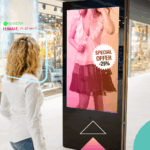By Keren Shlush, Head of Marketing, Zoomd
In a surprising leadership change in February, Unilever CEO Hein Schumacher resigned after less than two years in the position. He was replaced by Fernando Fernandez, a company veteran, who subsequently announced that Unilever would increase media spending on social channels from 30% to 50% and will work with 20 times more influencers.
“There are 19,000 zip codes in India. There are 5764 municipalities in Brazil. I want one influencer in each of them,” said Fernandez.
But how much is too much creator/influencer marketing?
In Super Bowl 2025, Unilever ranked among USA Today’s Ad Meter top-10 ads for the Hellmann’s Mayonnaise commercial rebooting the iconic scene from ‘When Harry Met Sally’ starring Billy Crystal and Meg Ryan. The ad was about as far from a typical creator video as possible.
A challenge of scale
Recruiting and working with nearly 25,000 influencers in just India and Brazil creates a management challenge for Unilever. Even after hiring so many creators, someone has to review and approve all of the content being created to ensure that it’s on-brand and brand-safe.
According to Creator IQ’s State of Creator Marketing 2024-2025, creator posts for Apple generated 28 times more engagement and 36 times more earned media value (and also 683 times greater content volume) on TikTok and Instagram versus Apple’s corporate content. But this is Apple, a company worth more than $3 trillion with a passionate following of consumers who wait in line to buy the company’s latest products. How many users are so passionate about their soap or mayonnaise?
The rise of influencer marketing came in part from many Direct To Consumer (DTC) marketers who relied on influencers because the channel was more cost-effective than hiring an ad agency to create TV commercials. In 2016, Unilever acquired early DTC marketer DollarShaveClub.com, which became famous for CEO Michael Dubin’s marketing videos, for $1 billion. But in 2023, Unilever sold 65% of the company to a private equity firm, with then CEO Schumacher saying that the acquisition was an “unsuccessful attempt to move away from our core.” Will Unilever now be more successful by taking a page from the DTC playbook and investing heavily in influencer marketing?
Social commerce
The increased investment in social channels could indicate a desire to move more strongly into e-commerce. Though Unilever reported e-commerce sales totaling 13% of turnover for 2021, a 44% annual growth rate, the company hasn’t broken out e-commerce sales in subsequent annual announcements. This could indicate that the growth in e-commerce was driven by COVID-19 behavioral changes and has since flattened or that the company is more focused on driving e-commerce sales for sales partners’ websites and apps.
Managing attribution
One of the biggest challenges with creator marketing is sales/conversion attribution. Typically, creators are given a unique code or landing page for purchases to manage attribution. With thousands of creators, that would be a challenge for any company. Furthermore, some platforms, like Instagram, don’t allow clickable links within captions or comments of standard photos. Instagram only allows clickable links in the creator’s bio section for their profile or via Instagram Stories. Therefore, attribution will be a challenge for a company like Unilever, where more than 85% of product sales are indirect through retail partners.
Retailer-specific influencers
Given the CEO’s stated goals, one category of influencers I’d recommend considering are influencers focused on a specific retailer. A strategy of working with influencers like Whoa, wait. Walmart? and Costco Hot Finds can provide relationships with influencers who are very knowledgeable about a specific retailer and its customers. For a marketer with a broad portfolio of brands, retailer-specific influencers can be a more cost-effective way for Unilever to maximize the potential of influencer marketing while providing retailer-specific insights that will also support the company’s relationship with its leading retail partners.
According to the aforementioned research from Creative IQ, measuring creator performance was the top roadblock to creator marketing success, cited by 32% of respondents. Though I’m a believer in creator marketing, having worked on creator/influencer campaigns that exceeded their KPIs, these were campaigns that sent users to a landing page to download a game or an app, and therefore, the KPIs were easy to measure. With the pressure on new CEO Fernandez to improve performance, I wonder if increasing creator/influencer marketing is the right tactic for the company today.








